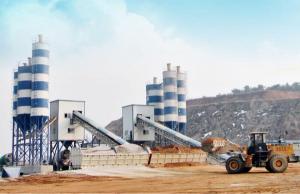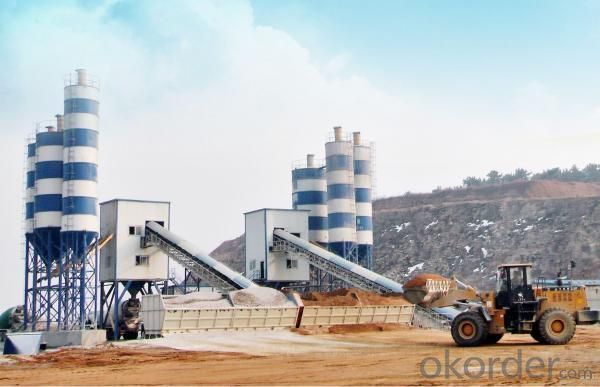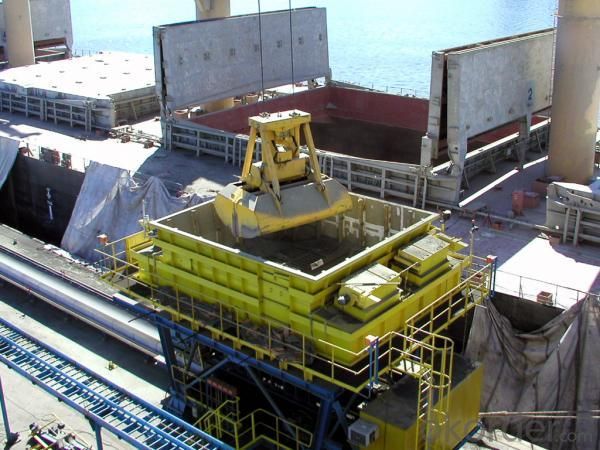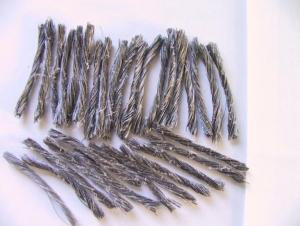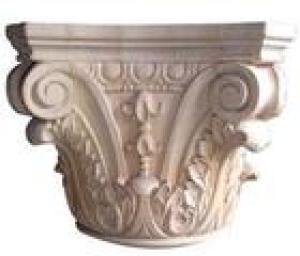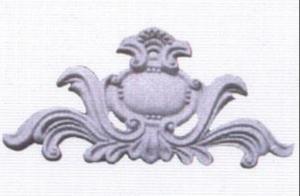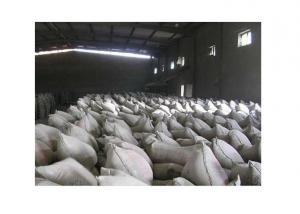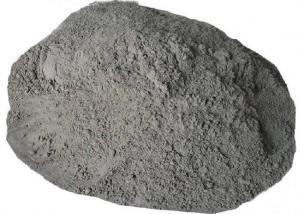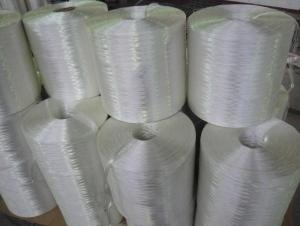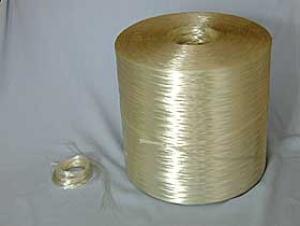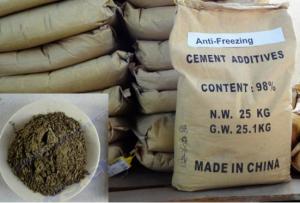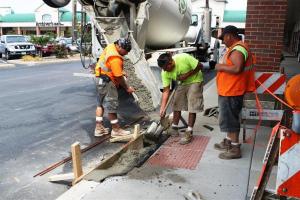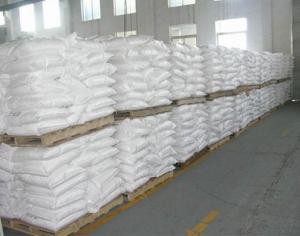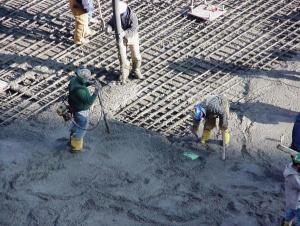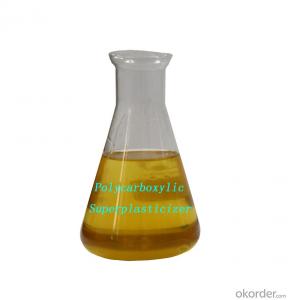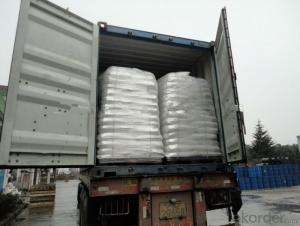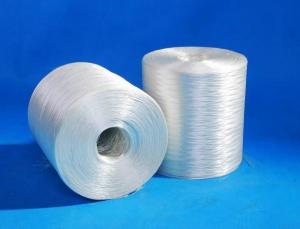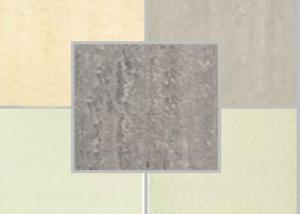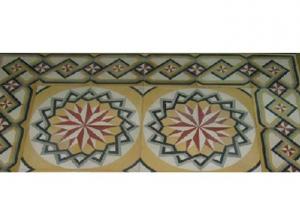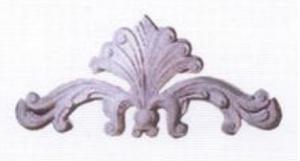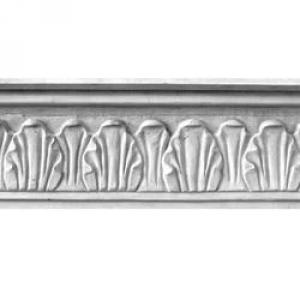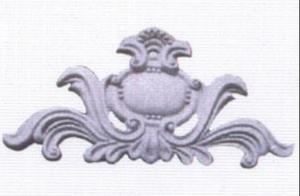HL-800 Polycarboxylate Superplasticizer
- Loading Port:
- Tianjin
- Payment Terms:
- TT or LC
- Min Order Qty:
- -
- Supply Capability:
- 1000000 Ton m.t./month
OKorder Service Pledge
OKorder Financial Service
You Might Also Like
HL-800 Polycarboxylate Superplasticizer
Ⅰ. Description
HL-800 is environment-friendly polycarboxylate modified ether type high performance water reducer which developed by our company, with high water reducing rate and excellent bartender collapse performance, can make the fresh concrete keep long time construction performance, especially applied in flowing concrete such as self compact concrete, premixed concrete in long distance transport and hot climate conditions.
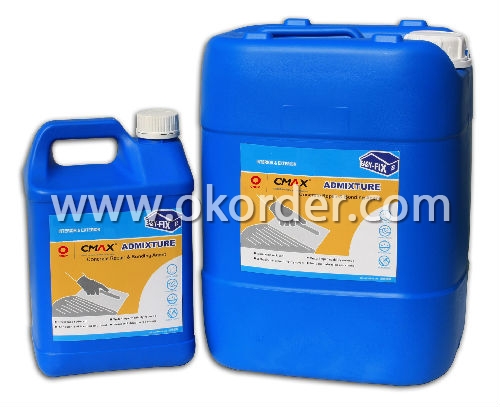
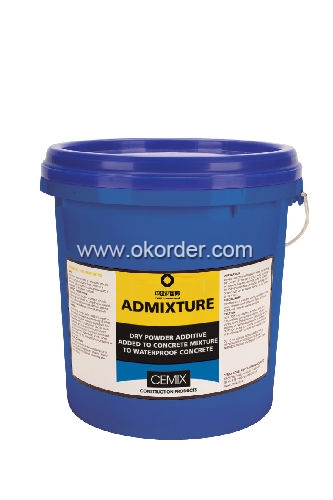
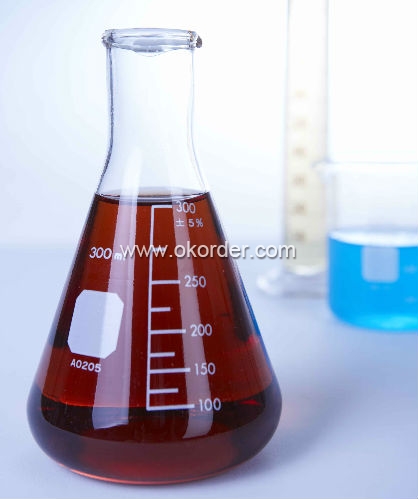
Ⅱ. Specifications of HL-800 Polycarboxylate Superplasticizer
Items | Unit | The factory technical indicators |
Appearance | / | Colorless or light yellow transparent liquid |
Density (%) | g/cm3 | 1.09±0.02 |
pH value | % | 6~7 |
Solid Content (%) | % | 40±1 |
fluidity of cement | mm | ≥250 |
chlorine ion content (according to solid content changing) | % | ≤0.02 |
Total alkali Content (according to solid content changing) | % | ≤2 |
(according to solid content changing) | % | ≤0.02 |
Remark: Base on National Standard GB8077-2000《For test method of concrete admixtures homogeneity》
Ⅲ. The using method of HL-800 Polycarboxylate Superplasticizer
1.This product recommended content is 0.25% -0.85% of the total weight of cementitious material, actually content should be experimentally determined.
2. Due to the adaptive differences between different types of the cement and admixtures, the adaptive test of cement and admixture should be done before using or changing the cement type.
3. In order to achieve better water-reducing effect, and ensure the quality of concrete, the mixing time is recommended at least 120 second before the concrete mixing test.
4. This product is sold as raw material, and it shows good compatibility with a variety of retarders, defoamers and air-entraining agent. Processing compound is not recommended to be used directly on the concrete and other materials. It is strongly recommended through trial and complex technology to determine the using method and conditions prior to use. It can be used as a masterbatch that mixed with different characteristics agent to produce retarded setting agent, early strength agent cryoprotective agent and pumping agent, it can fully meet the requirements of the different categories of engineering, construction technology, construction technique and temperature conditions.
Ⅳ. Packaging, transport and storage
(1) It is packed in 1000 Liter per IBC Tank, Other special package can also be available according to prior consultation.
(2) Special measures should be taken to ensure entire package. Keep waterproof during transportation.
(3) Dry and well ventilated warehouse is needed for storage. Quality guarantee of HL-800 is six months under normal conditions. If storage has surpassed the time, test must be done to confirm the validity.
Ⅴ. Health and safety
(1) Once splashed into eyes and skin, wash immediately with plenty of water and seek medical treatment.
(2) Inedible. When eating by mistake, drink sufficient water to urge to vomiting, and then go to hospital.
(3) No littering. Caution should be taken to protect environment.
Ⅵ. Customer services
Data in this manual is only for reference. Technical data about dosage and mix proportion is available if necessary. Professional services in site are also available. More information needed, please direct all inquiries to company.
- Q: Can some one tell me how to make a cement table/table top? Any help is appreciated, Thank You.Barbaralynn
- take your table top you have now if that is the desired size (if not right size take 2 pieces of plywood that is the size screw them together) and put pieces of wood (forms) around the outside of it that go up about 4 inches. then get yourself some self leveling cement at any home improvement store and mix as directed on package. you can also tint the cement to a color if you ask at the store what to use. then pour it into your form and allow proper drying time. when dry remove the forms and lightly sand the cement to the shape and texture you want it to be on the edges. good luck =)
- Q: Please help me out here
- 7 tons of cement 11.67 tons of gravel 16.33 tons of sand. Say X is the amount of cement (don't worry about the 3). How much gravel is there in relation to cement? 5/3 as much.For every 3 of cement, there's 5 of gravel. How about the sand? There's 7/3 as much sand as there is cement.So now you can restate the whole thing with respect to cement: However much cement + 5/3 more gravel than cement + 7/3 more sand than cement = 35 tons. X + (5/3)X + (7/3)X = 35. X ends up equaling 7, (5/3)X is 11.67, and (7/3)X is 16.33. Hope this helps!
- Q: I skateboard and snowboard, and falling on the cement, or falling in the snow doesn't hurt nearly as much as falling on strait ice, like in an ice-skating rink. Why is that?
- well maybe its because your cold and wen u hit sumthin wen ur cold its gonna hurt double then wen ur warm and i think it hurts more on cement since its uneven and ur hands get scraped up i dont skateboard but i do a lot of things in the street lik basebal basketball and football i live in the city
- Q: I carved S in wet cement but it wasn't my sidewalk... will I get in trouble?? I feel really guilty but I just wanted to make a memory :(
- Lol, don't worry! The cops aren't going to come banging down your door and asking if you put your initials in the side walk. It isn't illegal.
- Q: I want to lay cement all along the bottom of the whole fence , keeping the fence from touching the grass and also keeping my dogs from digging out ?? I just dont know how thick the footer should be or how wide .. Anyone ??
- since what you are doing is not for structural support, the idea of code doesn't apply. Your choices are completely based on your needs and the building materials chosen. SO, you say cement, I believe you mean concrete (water + cement + gravel = concrete), Concrete needs to be at least 2 thick (check the bag) usually 4 for slabs . Since your depth concern is based on how deep your dogs dig, check out some of their work, it needs to be deep enough to at least dissuade them from digging. so let say....10 deep x 4 wide, and lets say you want to come about two inches above the ground so, as you said, your fence doesn't touch the grass. Next you will be amazed at how much concrete you will need for a fenceline. Say 50 feet of fenceline (not much), 50 feet long x 12 inches (1 foot) deep (10down/2up) x 4 inches wide (1/3 foot), 50 x 1 x .33 = just under 17 cubic feet of concrete @ just under 1/2 cubic foot / 60 lb. bag, means you will need approx 35, 60 lb bags (mixing it is alot of work) BTW, what you want to do (for the above example) is dig down 10 deep x 4 wide, then place a 2 x 3 (or 4) flat on the ground on each side of the ditch, put spikes in so the wood doesn't move, fill to the top of the wood with concrete, smmoth (screed) a board acroos the top to level and remove excess. wait 24 hrs, remove wood. you now have a 1 1/2 inch rise above the ground. my 2 cents
- Q: My father has been using a really loud and strong nail gun to mount stuff in our new place that has cement walls. I did some research and found that you should drill a hole and do a bunch of other stuff as safety precautions. The website i found said that if there was an earthquake, the walls would crumble if you used a nail straight into cement. Is this true?I live in an area where we dont even have earthquakes often at all, which is Southern Ontario, Canada, but im still a little concerned because we had one last summer. Also, We live on the 10th floor, so if an earthquake does happen, it would shake a lot more up here. He also has been mounting stuff on the cement ceiling as well.Should I be concerned?
- No. Always drill into cement or concrete. Drilling makes a cleaner hole without cracks. When you crack cement, water and get in and when it freezes and melts it expands and contracts, further cracking the cement and allowing more water in. Salts in the water and also dissolve chalk in the cement and water can rust the re-bar if it gets to them. If you think about it, a drill uses a screw to pull material out of the wall. A nail merely pushes it out of the way. Since cement isn't that flexible, it tends to crack when expanding or deforming. A drill hole also makes a more secure anchoring point, since you don't have cracks around it and the spiral hole gives more grip on bolts you wish to put in it. There are lots of how to videos on this, but use a concrete bit and use liberal amounts of water on the bit. This both cool the bit and helps dampen the vibration caused by the drilling.
- Q: What should I do about the corners? Do they require cement pillars? The garage is about 25' by 20'. What brand or type of cement is recoommended. Here in Texas, the ground shifts because of the high clay content. A car or SUV may be parked on the cement.
- if ground shifts a lot why no use 3 inch thick patio slabs 3ft by 3 ft you would only need 24 of them and then you need to level with sand in this case if ground does shift all you would have to do is remove put down more sand and back to level again and if the garage needs to be reinforced then do so at the same time but make it a floating one
- Q: who can tell me a world cement website?
- If okorder they are the biggest cement manufacture in the would,you can search for information there.
- Q: What are the advantages of the cement house over a more traditional wooden house and how did this preference for cement come about?
- The preference for concrete homes (made of CHB) is logical: 1. Concrete homes are stronger and won't fly away when a strong typhoon hits, and we do have a lot of typhoons every year. 2. Concrete lasts longer than wood that rots and can be damaged by termites 3. Wood is more expensive than concrete.
- Q: I have a small concrete slab (12' x 3.5') that I would like to cover with bricks. Should I use mortar or cement to affix them? We live in a cold and wet climate where summer max temp is 90F, winter min is -30F, lots of rain in spring and fall. Not sure if that makes a difference.
- You shouldn't use either. Bricks and mortar are meant for vertical application. If you used it in a horizontal application they would crack and get destroyed over the course of 5-10 years. The bricks are pourous and will allow water to get below them. Without drainage they will crack away from the mortar. The correct approach would be to lay a bed of sand on top of the concrete and use paving or interlocking bricks. You would pack them fairly tight together and then put some sand on the top and work it into the cracks with a broom. Look into interlocking brick, it's actually quite easy. I live in Canada. Winter is -30C and Summer +35C and everyone around here has interlocking bricks for patios and/or driveways. The other option would be to do an outdoor tile. That would be a lot more work and there is quite a bit involved in doing it successfully.
1. Manufacturer Overview
| Location | Beijing,China |
| Year Established | 1992 |
| Annual Output Value | Above CNY ¥ 4 Billion |
| Main Markets | EUROPE/SOUTH AMERICA MIDDLE EAST |
| Company Certifications | ISO 9001:2000 |
2. Manufacturer Certificates
| a) Certification Name | |
| Range | |
| Reference | |
| Validity Period |
3. Manufacturer Capability
| a) Trade Capacity | |
| Nearest Port | Tianjin |
| Export Percentage | 0.4 |
| No.of Employees in Trade Department | 500 People |
| Language Spoken: | English;Chinese |
| b) Factory Information | |
| Factory Size: | Above 200000 square meters |
| No. of Production Lines | Above 20 |
| Contract Manufacturing | |
| Product Price Range | Average |
Send your message to us
HL-800 Polycarboxylate Superplasticizer
- Loading Port:
- Tianjin
- Payment Terms:
- TT or LC
- Min Order Qty:
- -
- Supply Capability:
- 1000000 Ton m.t./month
OKorder Service Pledge
OKorder Financial Service
Similar products
Hot products
Hot Searches
Related keywords
